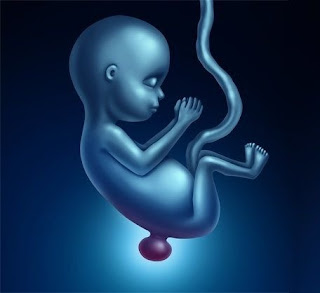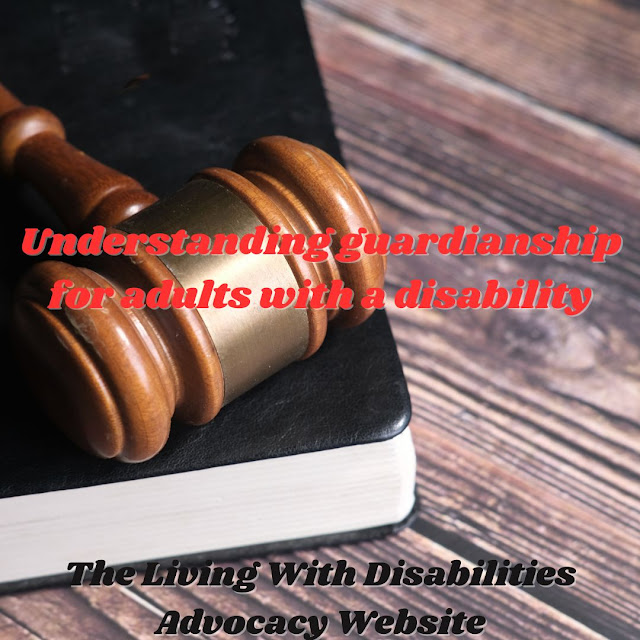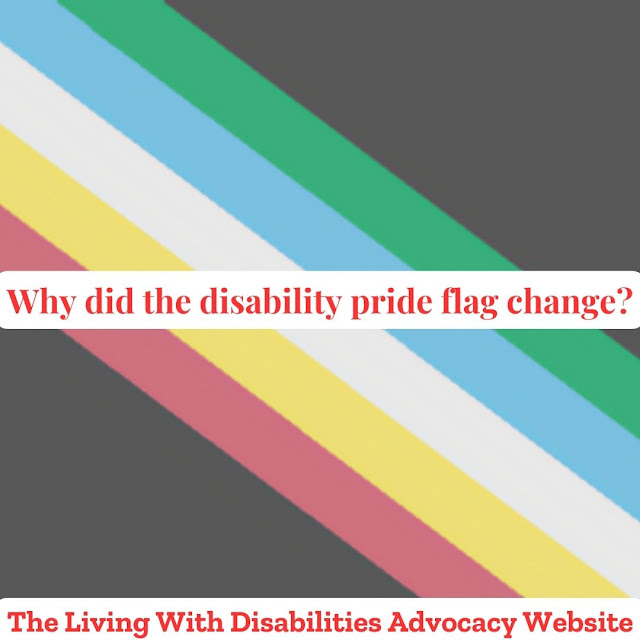What is Spina Bifida?
In the United States every year, there's about 1,427 babies are born with spina bifida or 1 in every 2,758 births. Spina Bifida is a birth defect that affects the spine and is usually apparent at birth.
Spina Bifida can happen anywhere alongside the spine if the neural tube does not close all the way(NTD). When the neural tube does not close all the way, the bone that protects the spinal cord doesn’t mold and close as it should. This often results in damage to the spinal cord and nerves.
Spina Bifida may cause physical and psychological disabilities that range from mild to severe. The intensity depends on The size and location of the opening of the spine. If part of the spinal cord and nerves are affected.
Type of Spina Bifida
1. Myelomeningocele is the most serious type of Spina Bifida. with this condition, fluid build-up comes through the opening in the child back. fragment of the spinal cord and nerves are in the sac and damaged. This type of Spina Bifida causes medium to critical disabilities. I.G, problems affecting how a person goes to the bathroom, loss of feeling in the legs or feet, and not being able to move the legs.
2. Meningocele is another type of Spina Bifida. With Meningocele a sac of fluid comes through the opening in the child back. however, the spinal cord is not in the sac. And there is little or no nerve damage. This type of Spina Bifida can cause minor disabilities.
3. Occulta is the mildest form of Spina Bifida. It is sometimes called: Hidden Spina Bifida. With this, there is a small opening in the spine. And there is no opening in the sac on the back. The spinal cord and nerves topically are normal. This form of Spina Bifida isn't found until late childhood or adulthood. This form does not cause any disabilities.
Diagnosis
Spina Bifida can be diagnosed during pregnancy or after the child is born. Spina Bifida Occulta may not be diagnosed until late childhood or adulthood, or may not get diagnosed. according to the center for disease control and prevention(CDC).
During Pregnancy
1. AFP – AFP stands for alpha-fetoprotein, a protein the unborn child produces this is a simple blood test that counts how much AFP has passed into the mother’s bloodstream from the baby. Having high levels of AFP may mean the child has spina bifida. An AFP test might be part of a test called the “triple screen” that looks for neural tube defects and other issues.
2. Ultrasound, during this time the doctor can see if the baby has spina bifida or find other cases there might be a high level of AFP. usually, Spina Bifida gets pick up on this test.
3. Amniocentesis, during this test, the doctor takes a small sample of the amniotic fluid surrounding the baby in the womb. Higher than average levels of AFP in the fluid might mean that the child has Spina Bifida.
After Childbirth
In some cases, Spina Bifida, may not be diagnosed until the child is born.
Sometimes there is a wholly patch of skin or dimple on the child back that is first seen after the child is born. A doctor can use an image scan. Like, X-ray, MRI, or CT, to get a clearer view of the child spine and the bones in the back.
Spina Bifida sometimes is not diagnosed until after the child is born---the mother did not receive proper prenatal care or the ultrasound did not pick up a clear picture of the child spine.
Treatment
When it comes to finding treatment for Spina Bifida, treatment will vary for each person. Some people have problems that are more serious than others. People with myelomeningocele and meningocele will need more treatments than people with spina bifida occulta.
Cause and prevention
Living With Disabilities have to say this: When it comes to having a disability, We're always going to hear, is there a Cure, or what's the cause and how can we prevent this from happening again? So, you have read this far into what is Spina Bifida? And we want to let you know that, we are not licensed physicians, and can not provide you with any prescriptions. Therefore, we can only tell you this far. The Cause is unknown and needs further studying. What we do know is there are ways for women to reduce the risk of having a child with spina bifida both before and during her pregnancy.
Livelihood With Spina Bifida
Like we have shared with you the three types of Spina Bifida, some people may have slight to no disability at all. Others might be paralyzed or unable to walk. Including, moving other parts of their body.
Work cited page:
https://www.cdc.gov/ncbddd/spinabifida/facts.html




Comments
Post a Comment